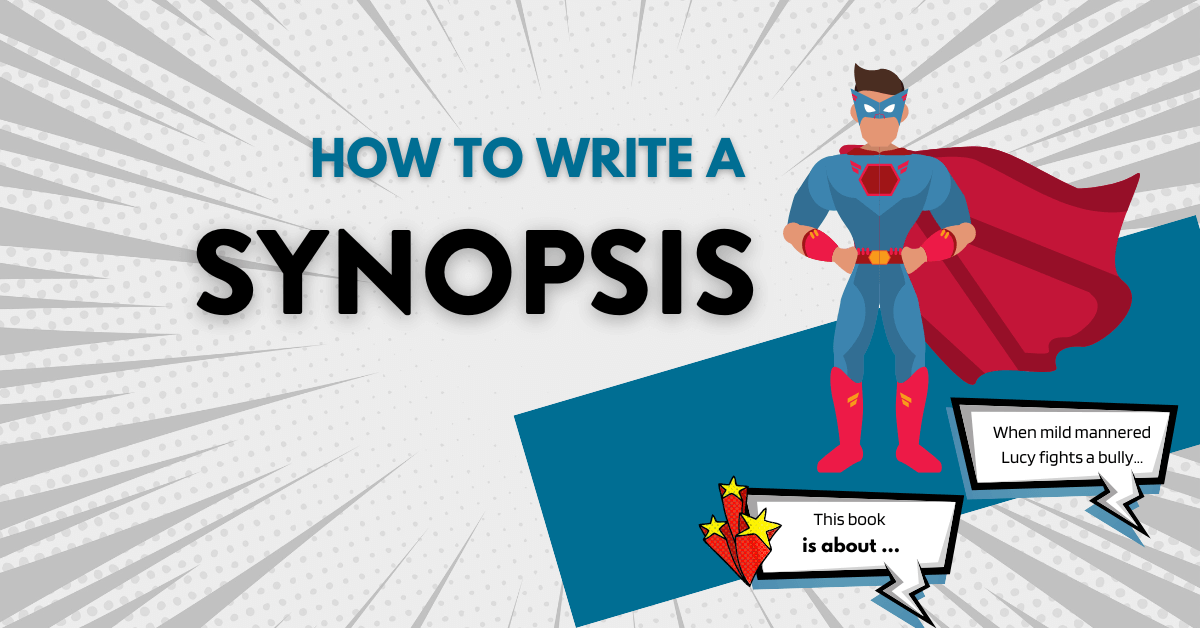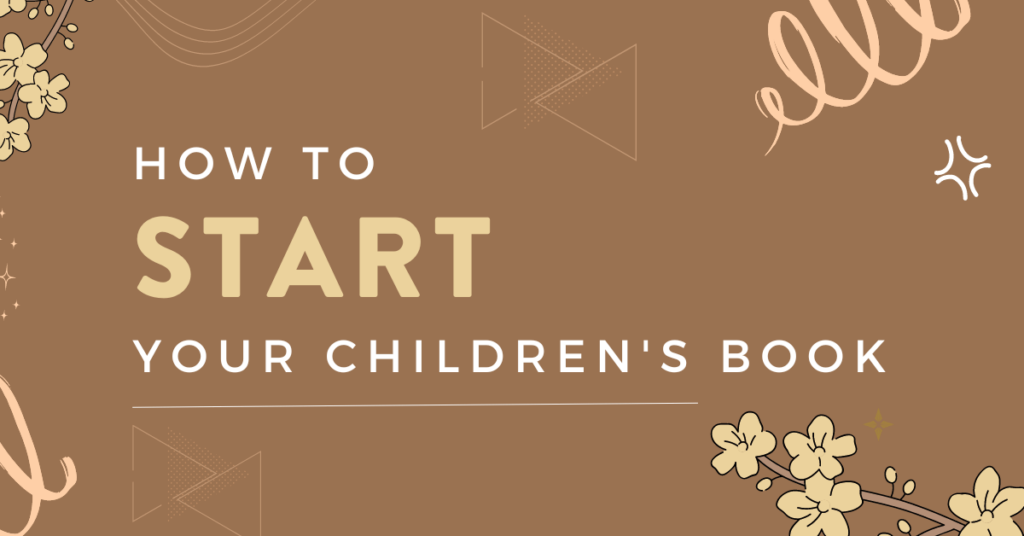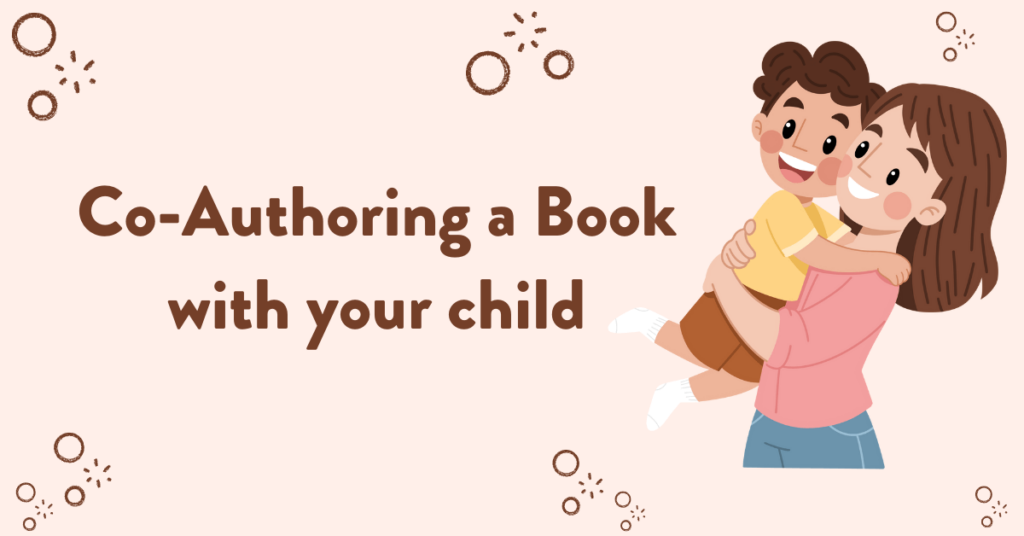
If you’ve landed here, chances are you’ve crafted a beautiful children’s picture book and are now faced with the daunting task of summarizing its magic into a compact, sparkling synopsis.
I know, I know: it can seem harder than actually writing the book!
Just know that I’ve worked with a couple hundred children’s book authors on their query letters and synopses, and it’s difficult to get it right. Here are my best tips (and stick around for the examples at the end):
What Every Synopsis Should Include
A well-crafted synopsis provides a snapshot of your book, ensuring that the reader understands the core of your story. Here are the essential elements that every synopsis should include:
- Introduction to Main Characters: Briefly introduce your protagonist and, if necessary, the antagonist. Highlight key traits, motivations, or conflicts that are central to the story.
- Setting: Establish the primary locations and time periods where the story unfolds. This provides context for the reader.
- Main Conflict: Clearly define the main problem or challenge that drives the story. What is the protagonist up against?
- Plot Highlights: Summarize key events, turning points, or milestones in the story. This should be a concise overview of the story’s progression.
- Tone and Style: The synopsis should reflect the tone of the book. If your story is humorous, comedic elements should be evident in the synopsis. If it’s a mystery, maintain the intrigue.
- Resolution: Unlike a blurb or teaser, a synopsis should reveal the conclusion of your story. Detail how the conflict is resolved and how the characters change or grow by the end.
- Theme or Message (if applicable): If there’s a central theme, message, or moral to your story, it can be beneficial to include it. This can be especially pertinent for genres like children’s books or parables.
- Unique Selling Points: If there’s something distinct about your story, like an unconventional structure, a unique blend of genres, or an unusual narrative voice, it can be worth mentioning briefly.
Remember, a synopsis is more than just a summary. It’s an opportunity to showcase the essence of your story, its depth, and its potential to captivate readers. Always tailor your synopsis to its intended audience, be it an agent, publisher, or reader.
10 Tips for Your Synopsis
1. Know Your Audience
First and foremost, remember who your audience is. Your synopsis isn’t just for potential readers but also for agents, publishers, or reviewers who may not have the luxury of time to read the entire book. They’re looking for clarity, a snapshot of your book’s essence, and its marketability.
2. The Essence in a Nutshell
Your picture book is a tapestry of words and illustrations, but for the synopsis, focus on the storyline. What’s the central theme, the heartbeat of your story? Identify the primary plot and the most pivotal moments. The beauty lies in simplicity.
3. Characters on Parade
Who’s our star? Maybe it’s a curious cat or a brave little girl. Briefly introduce them. We need to know why we should care about their journey. A touch of their personality can go a long way.
4. Conflict, Climax, Resolution
Every story has its highs and lows. What challenge does your protagonist face? How do they overcome it? And what’s the takeaway? Giving a peek into these elements without revealing every little detail will pique the interest of your reader.
5. Illustration Highlights
This is a picture book, after all! Without describing every detail, give a sense of the visual journey. Do the illustrations transport readers to a whimsical woodland or a bustling city? A hint can be enough to paint a mental image.
6. Unique Selling Point (USP)
What makes your book different? It could be the educational angle, a rare cultural perspective, or perhaps a twist in the tale. Make sure to include that special element in your synopsis.
7. Keep it Tight and Bright
While you might be tempted to write a lengthy synopsis, shorter is sweeter. Aim for a single page, and definitely not more than two. Be concise but vibrant. Let your passion for the story shine through!
8. Watch the Tone
The tone of your synopsis should reflect the tone of your book. If your picture book is humorous, let that come through. If it’s a heartwarming tale of friendship, make sure the reader feels that warmth.
9. Proofread, Then Proofread Again!
An error-free synopsis speaks of professionalism. It also tells your reader that you care about the finer details. So, once you’ve written your synopsis, give it a couple of reads, or better yet, have a friend or colleague review it.
10. End with Confidence
Wrap up with assurance. Make your reader feel that they absolutely need to dive into your picture book.
3 Examples
Here are three fictional synopses based on classic themes in children’s literature. Study how each one is created, and then mimic the steps they’re doing.
1. “Moonlit Adventures”
When the spirited Luna discovers that the moon isn’t just a chunk of rock but a world filled with whimsical creatures, she’s on a mission to visit it. Armed with her grandmother’s telescope and an old map, Luna and her tabby cat, Whisk, embark on nightly adventures. But the moon is more mischievous than she thought!
From dancing with Moon Moths to outsmarting Starry Snakes, Luna learns that courage, friendship, and a pinch of moonbeam magic can guide her way home. Illustrated with luminescent hues and sprinkled with stardust, “Moonlit Adventures” is a cosmic ride about curiosity and the wonders that lie just beyond our reach.
2. “The Great Toy Rebellion”
Teddy Town, a hidden realm inside the toy chest, is in turmoil. The plushies and action figures are at odds! When Sir Huggington, a noble teddy bear, and Captain Jet, a once-famed action figure, are accidentally wound up together, they’re forced to team up.
With a sprinkle of humor, a dash of fluff, and a whole lot of heart, they navigate the landscapes of Toyland, from the depths of Marbled Maze to the peaks of Pillow Mountains. Along the way, they discover that their differences make them stronger.
Illustrated with vibrant, quirky details, “The Great Toy Rebellion” offers a peek into the secret lives of toys and the power of unlikely friendships.
3. “Molly and the Mystery of Misty Meadows”
Molly’s summer was all set to be the most boring one ever, stuck with her Granny in the old Misty Meadows mansion.
But when she stumbles upon a forgotten diary hinting at hidden treasure, her holidays take a twist. Teaming up with a talking hedgehog named Spikes and using clues from the diary, Molly dives deep into mysteries long forgotten. From secret passages to enchanted gardens, each riddle brings more questions than answers.
Through vibrant illustrations and poetic prose, “Molly and the Mystery of Misty Meadows” reminds young readers about the enchantment of discovery and the treasures that memories hold.
Your synopsis structure might vary from these three examples, but if you use this kind of formula, you’re be on the right track.
FAQ
Q: How long should my synopsis be?
A: Aim for one page or less. For a picture book, brevity is key! You want to capture the essence without overwhelming the reader.
Q: Should I mention the illustrations in my synopsis?
A: While the primary focus should be on the story, it’s okay to touch on the illustrative style or specific scenes that are crucial to the narrative. Just ensure it doesn’t dominate the synopsis. And if you don’t have illustrations yet, that’s perfect okay — most publishers don’t want you to hire an illustrator — they’d rather do that themselves.
Q: My book has an educational element. Should I include that?
A: Absolutely! If your picture book has an educational angle or teaches a valuable lesson, it’s worth mentioning. It sets your book apart and shows added value.
Q: How do I introduce my main character?
A: Introduce your protagonist by highlighting their key traits or motivations that drive the story forward. For example: “Lucy, a headstrong duckling with a penchant for adventure…”
Q: Do I need to reveal the ending in my synopsis?
A: Yes! For a synopsis, especially one intended for agents or publishers, it’s crucial to reveal how the story concludes. It provides a complete view of the narrative arc.
Q: How detailed should I be about the conflict?
A: Be concise but clear. Mention the primary conflict and how it propels the story. The idea is to give a snapshot of the challenges and growth without delving into every nuance.
Q: Should the tone of the synopsis match the tone of the book?
A: Definitely! If your book is humorous, your synopsis should reflect that. If it’s heartwarming or mysterious, ensure that feeling permeates your summary.
Q: I have a series of picture books. How do I approach the synopsis?
A: If you’re introducing a series, your synopsis for the first book should stand alone. However, you can add a line or two at the end indicating the potential for sequels or how they connect.
Q: Can I include feedback or testimonials in my synopsis?
A: The primary purpose of the synopsis is to convey the story. If you’re submitting to agents or publishers, it’s best to keep testimonials separate, perhaps in your query letter or proposal.
###
If you’re looking for a publisher, I’d recommend Bookfox Press.
We help you with publishing your book, and it’ll look beautiful. Don’t try to do all the publishing steps on your own, unless you like doing metadata and ISBNs and learning programs to do the formatting. Let us handle all those details for you.




One thought on “10 Tips on Writing a Perfect Kidlit Synopsis (with Examples)”
good afternoon!
l have read through your write-ups about how to write a perfect synopsis.It was awesome!it has helped me to craft a better one for my children book.
Thanks.
pleas, how can I get my books publish by bookfox,as a foreign(Nigerian) author?